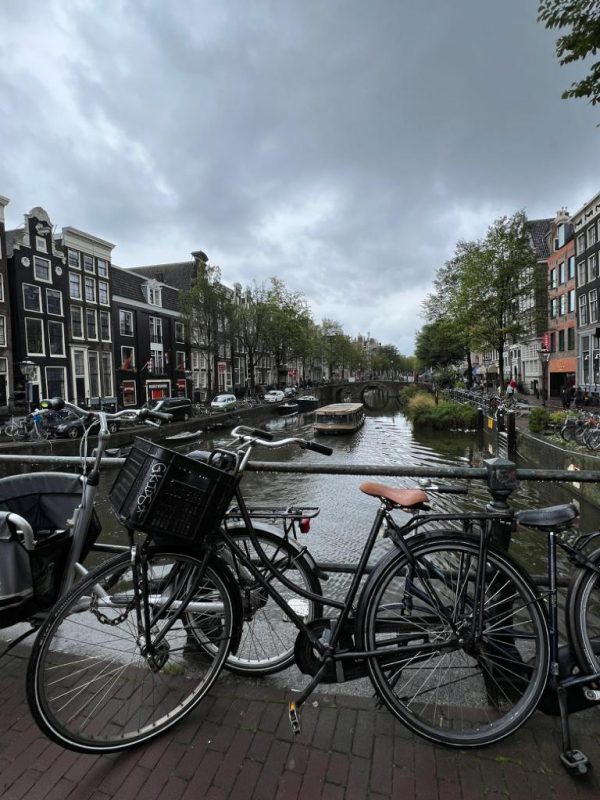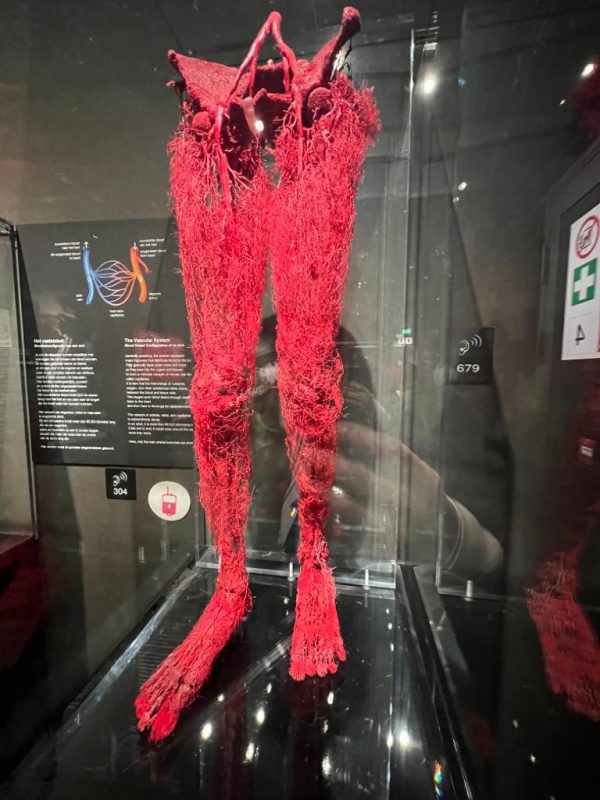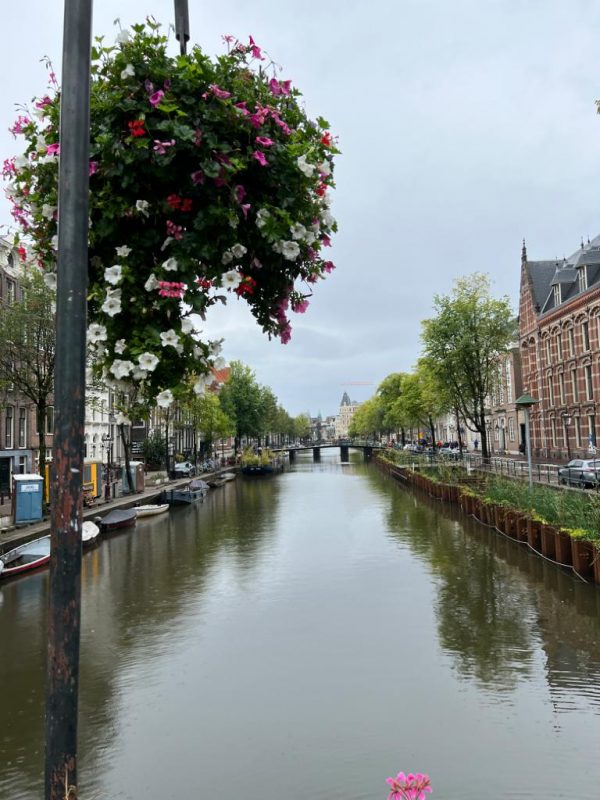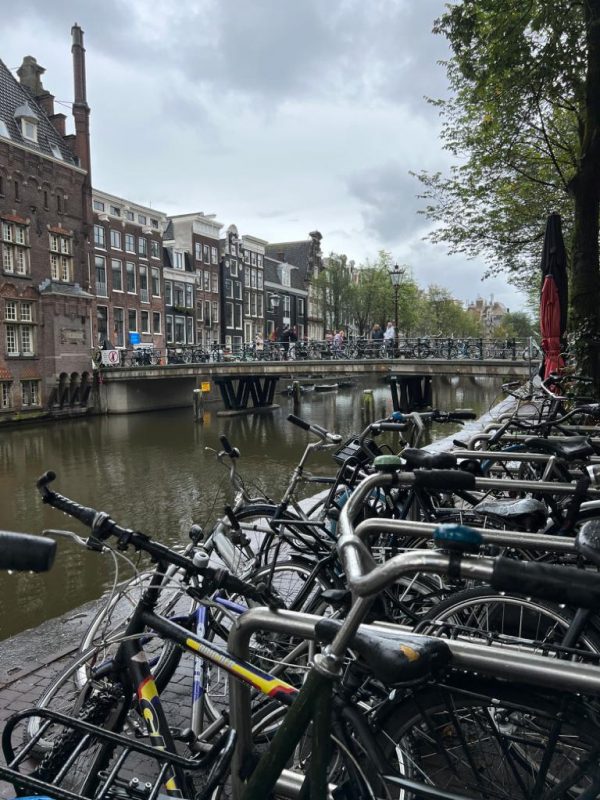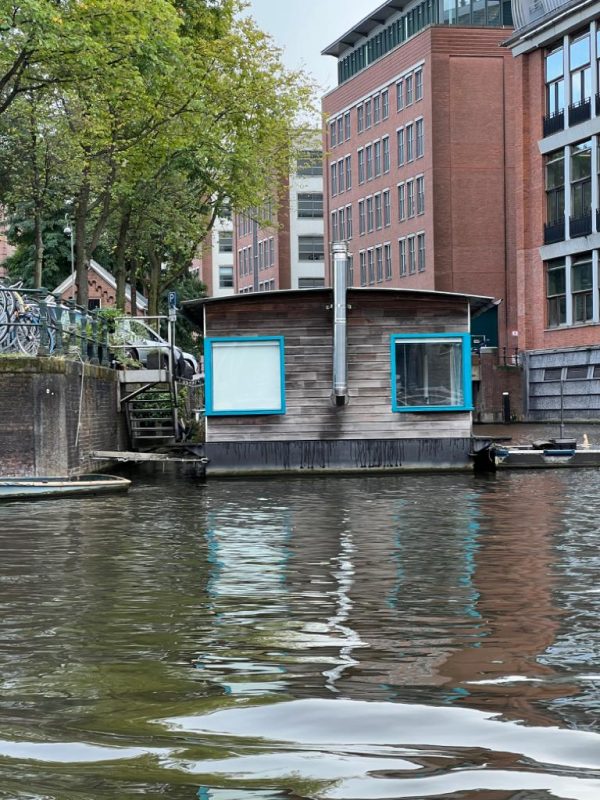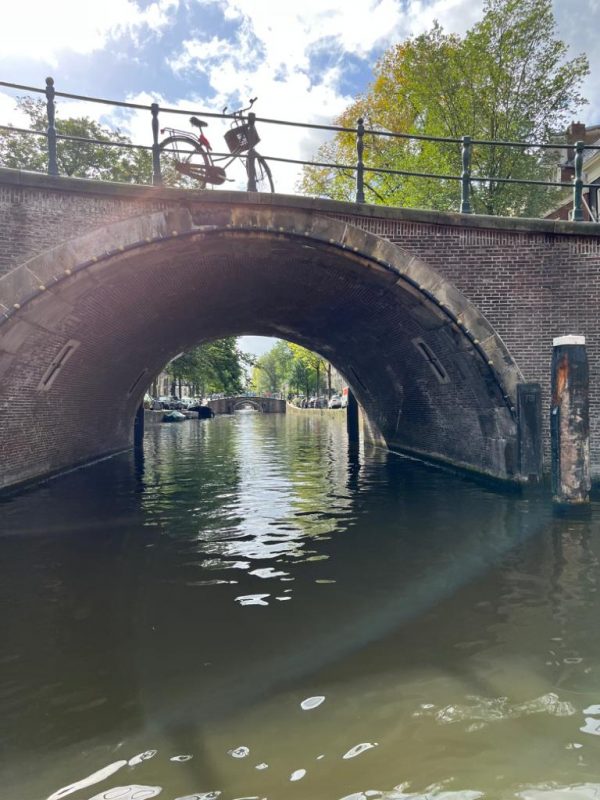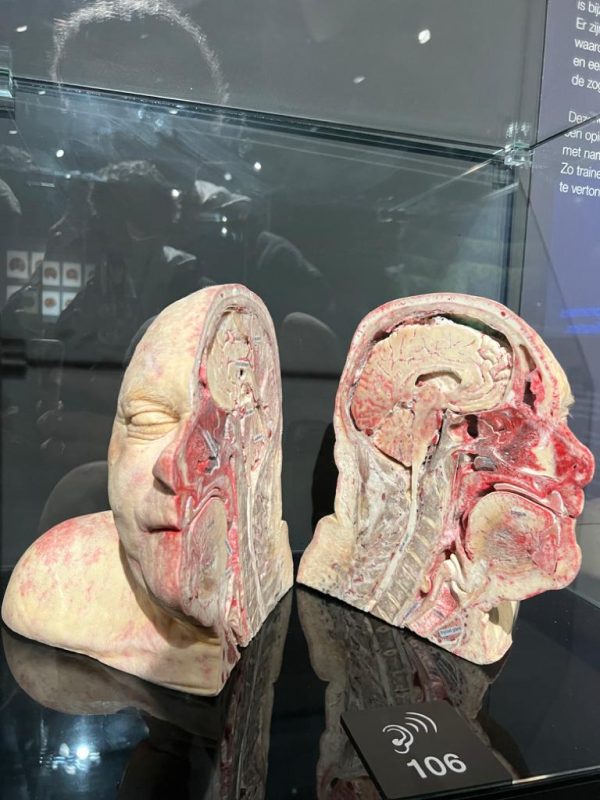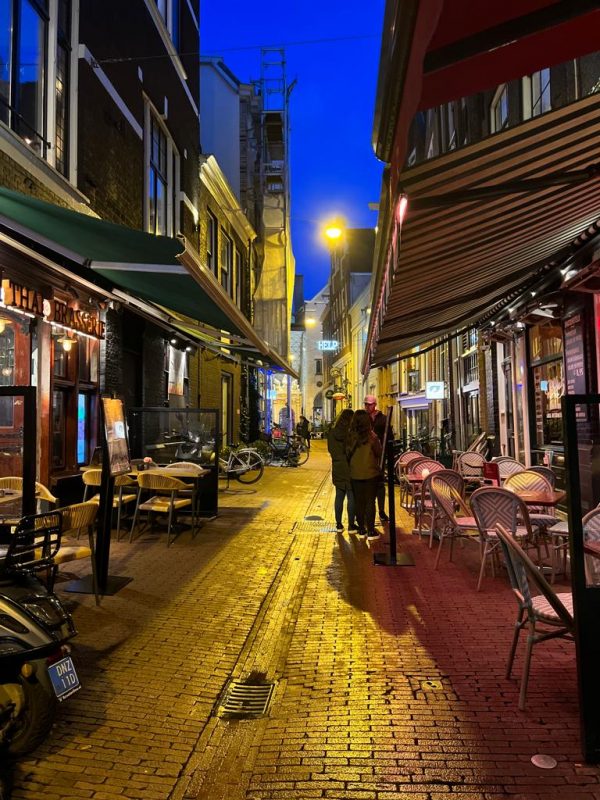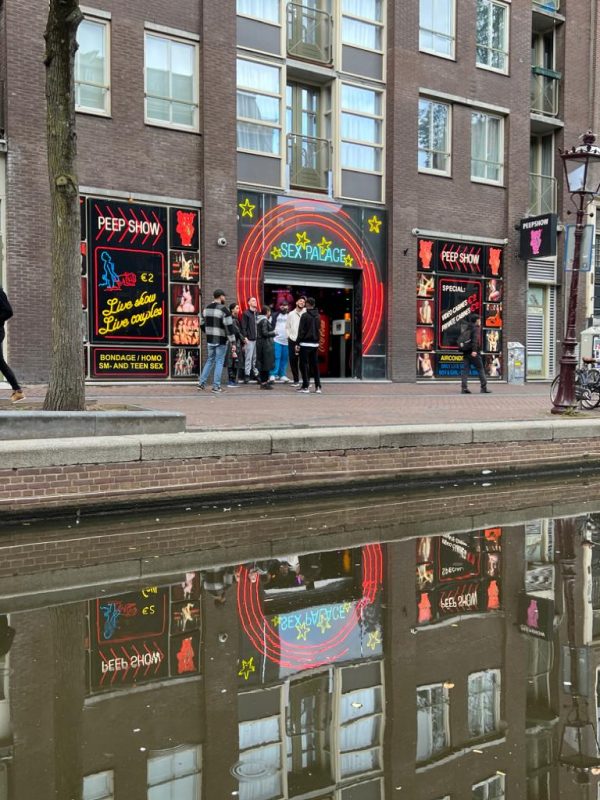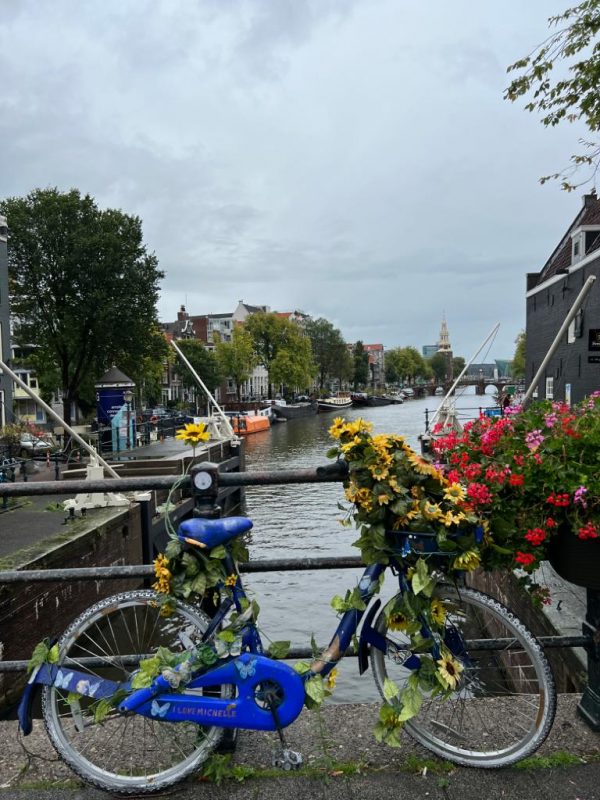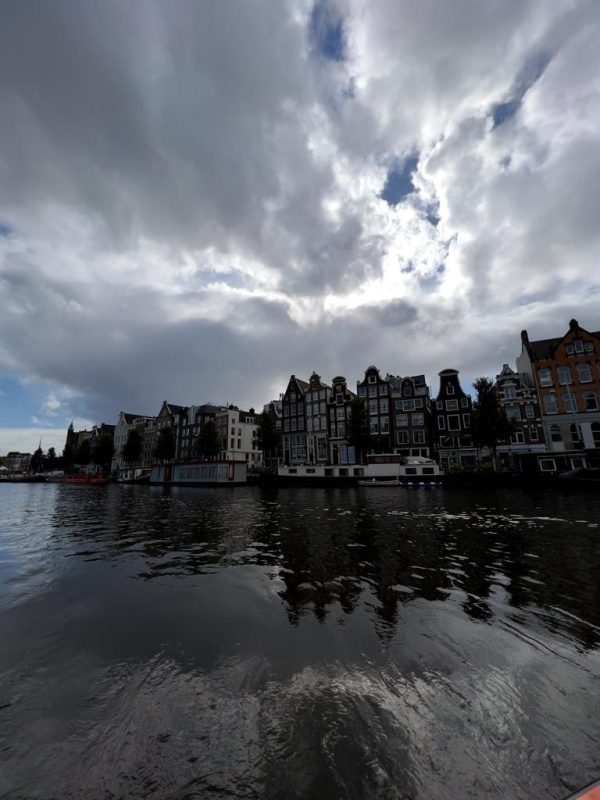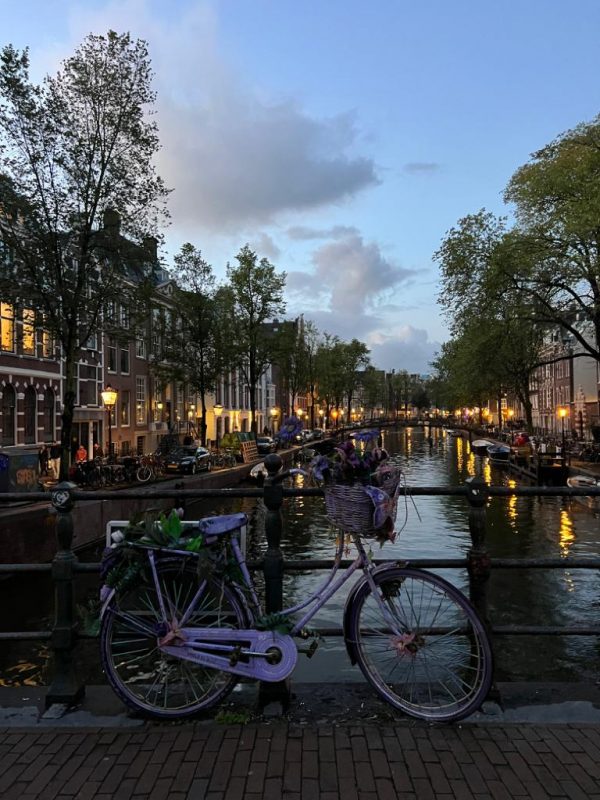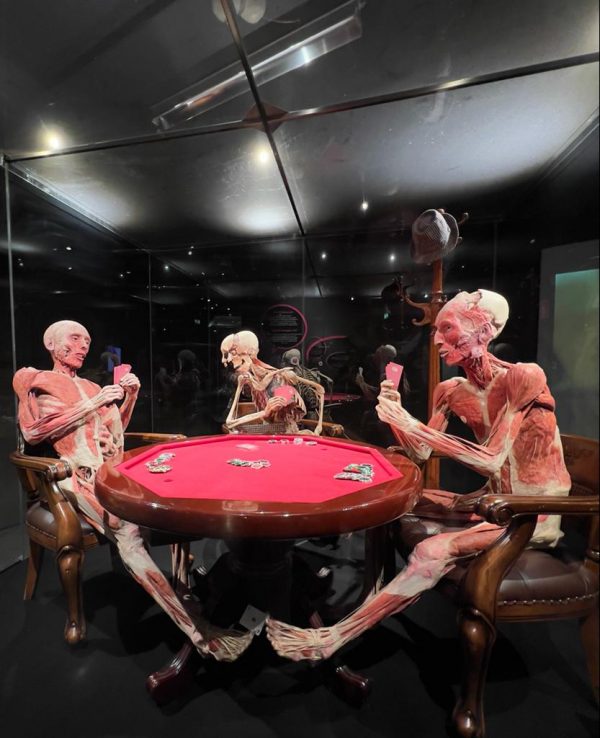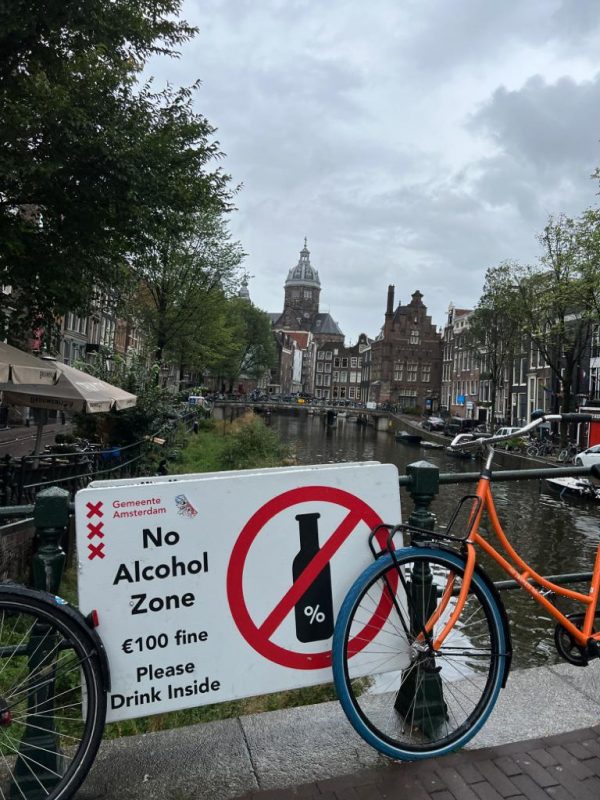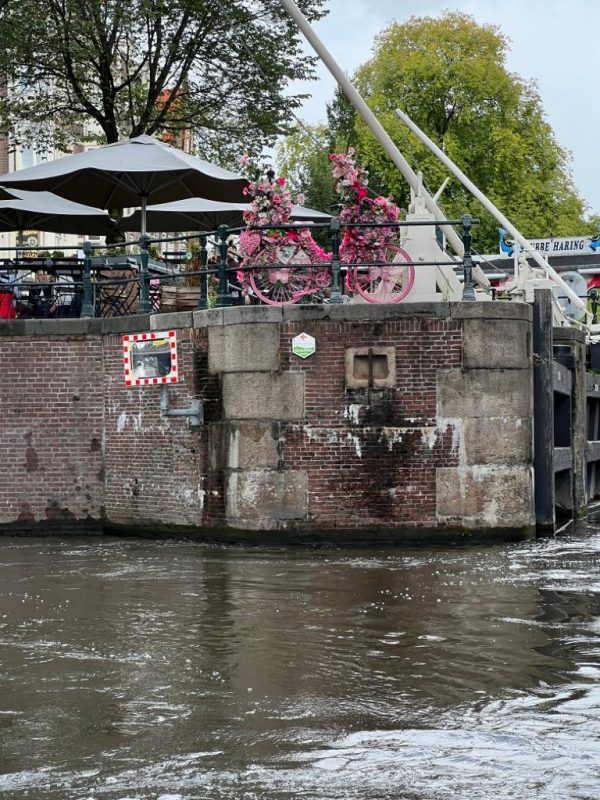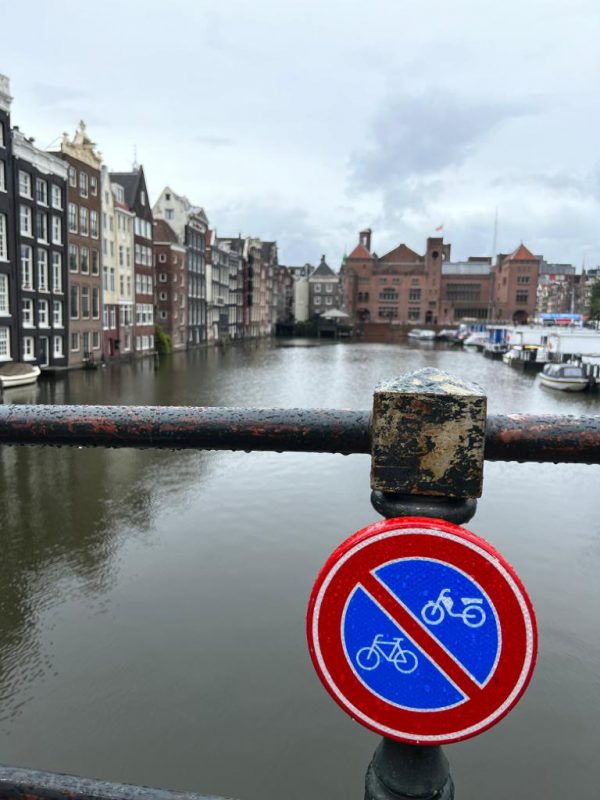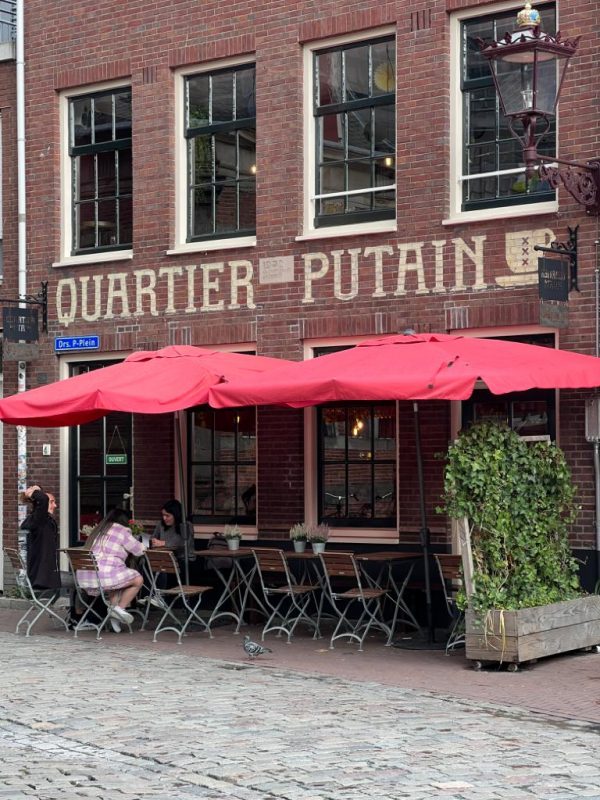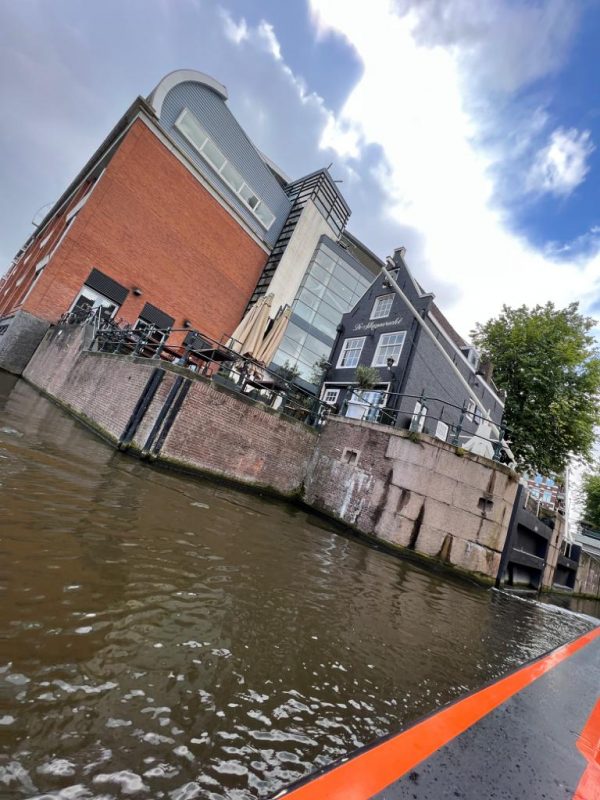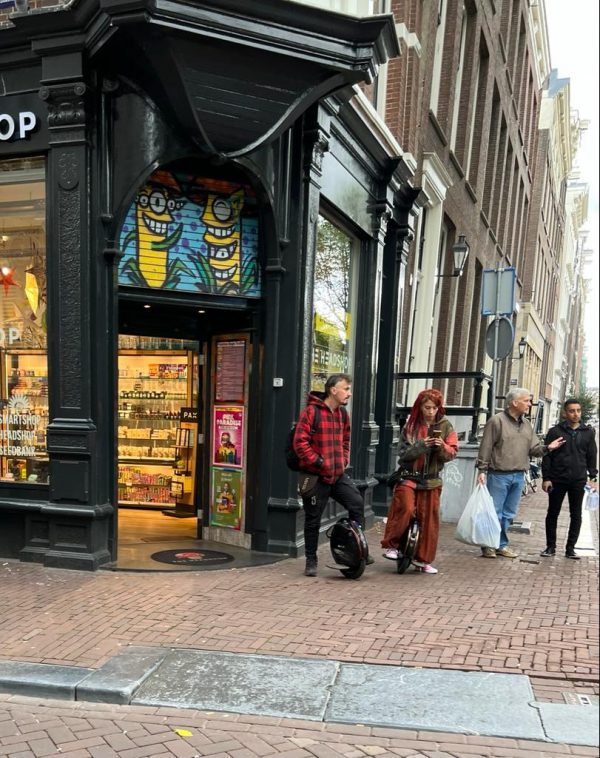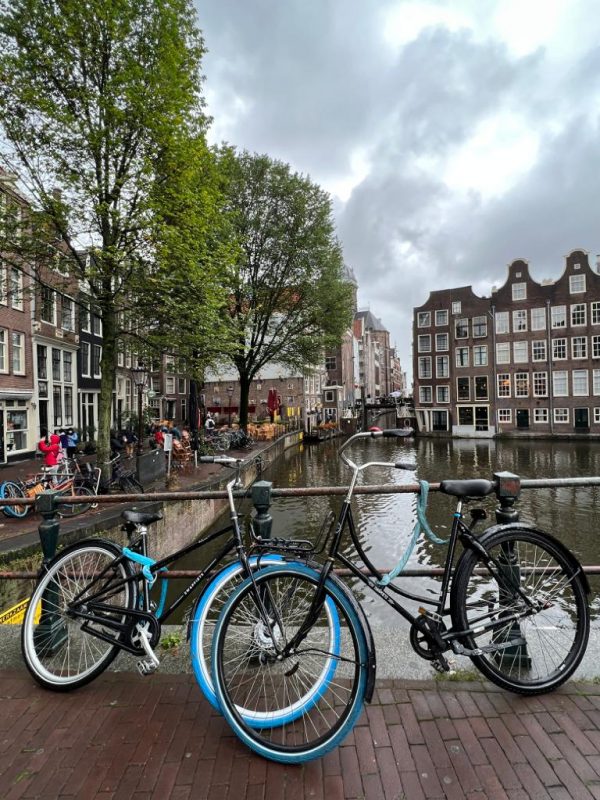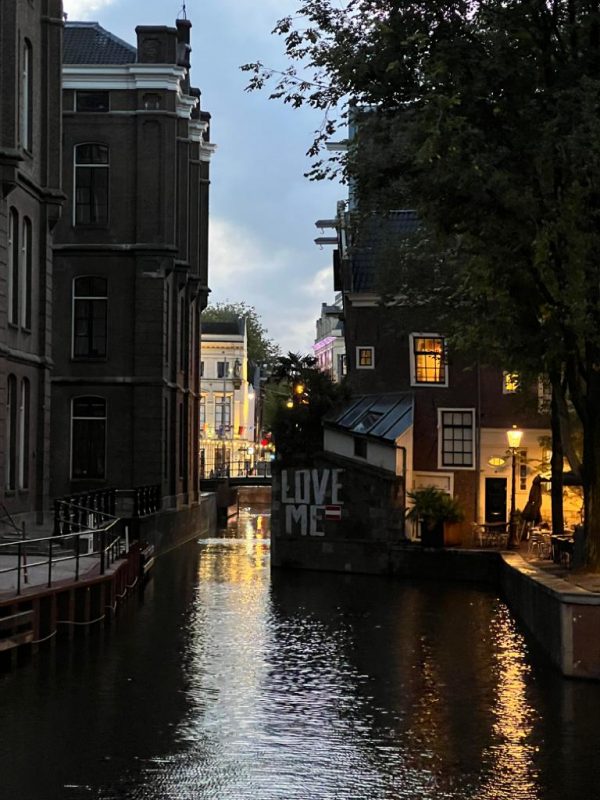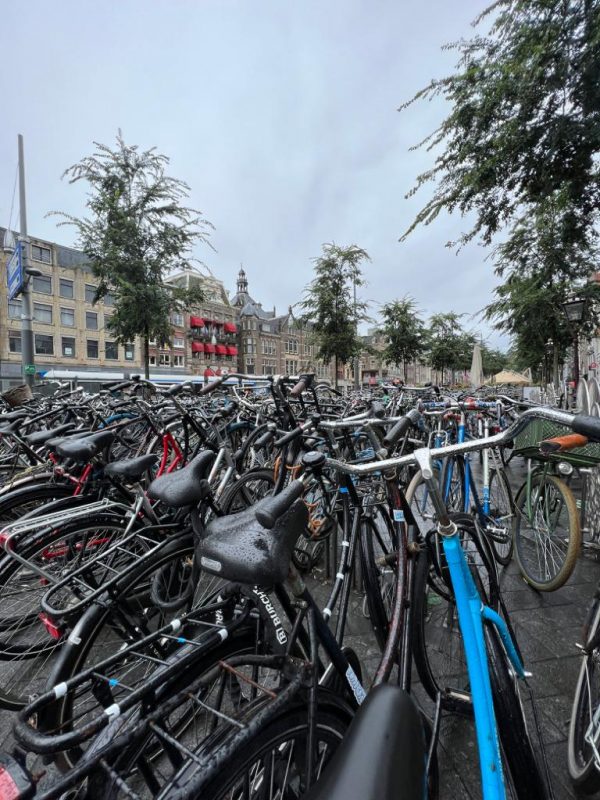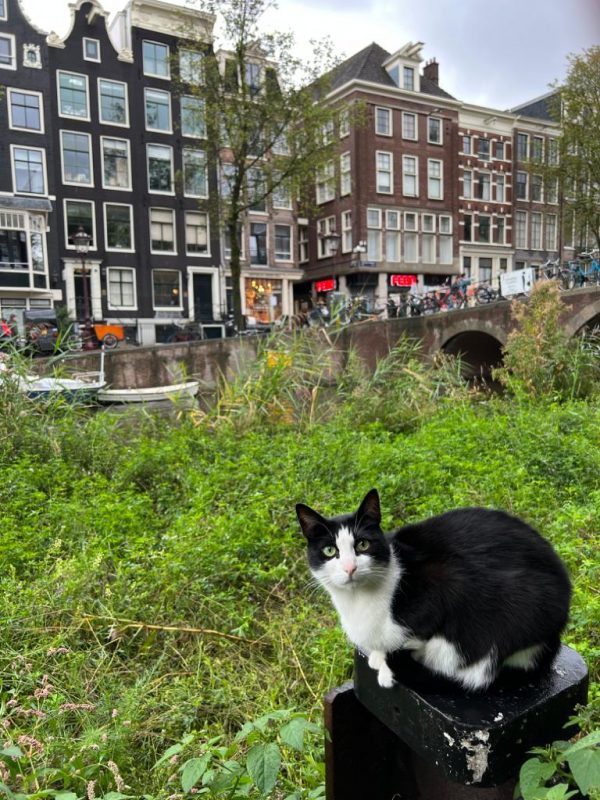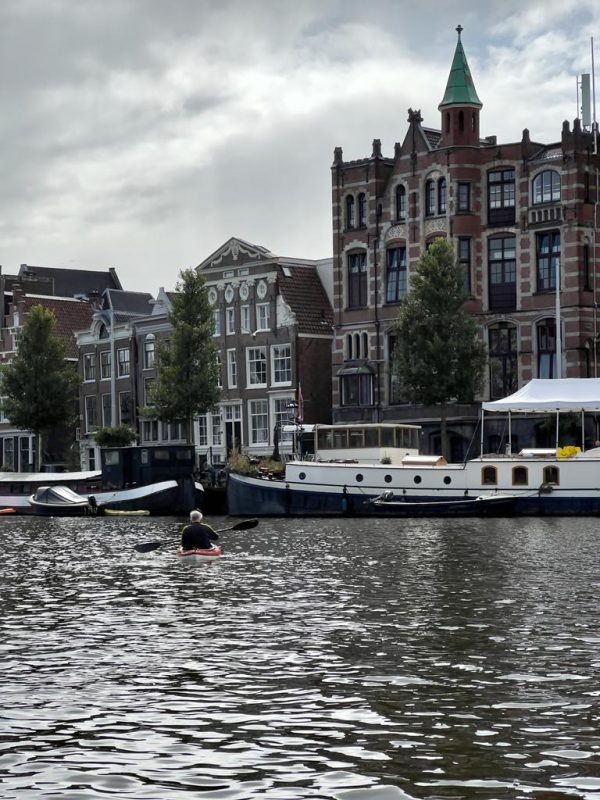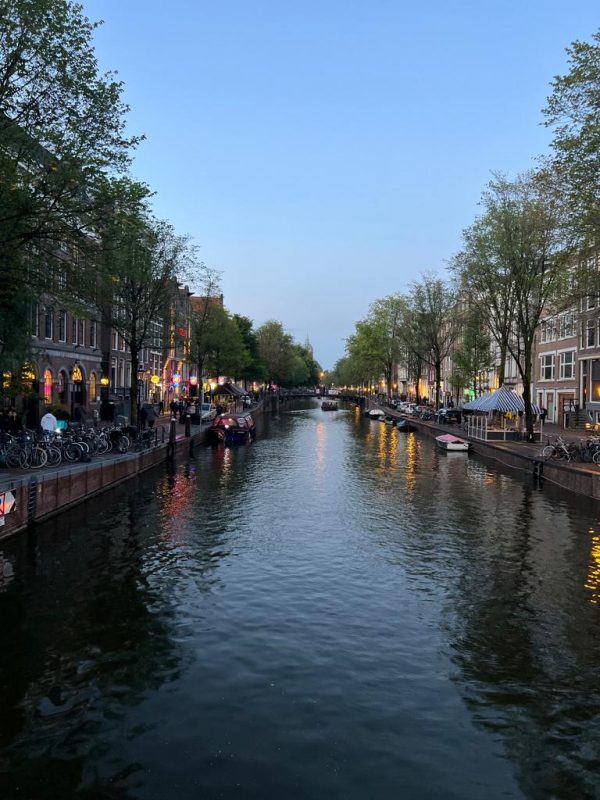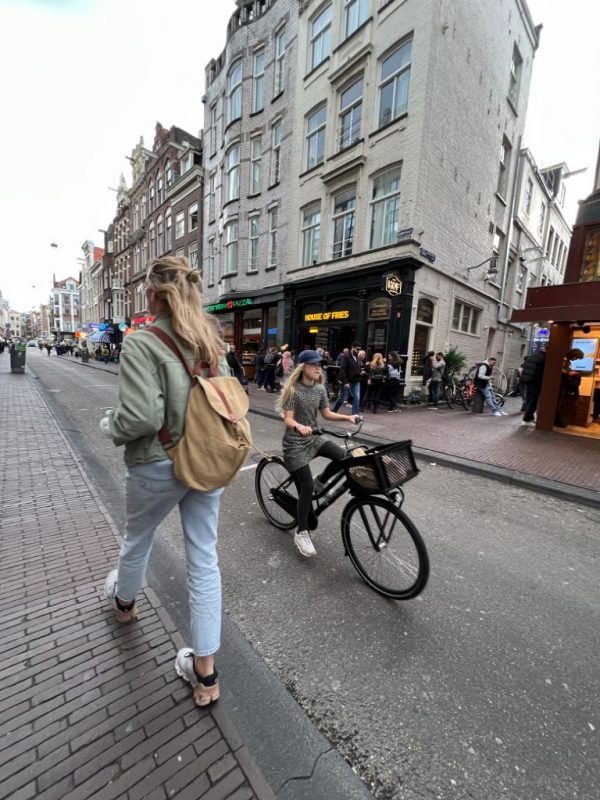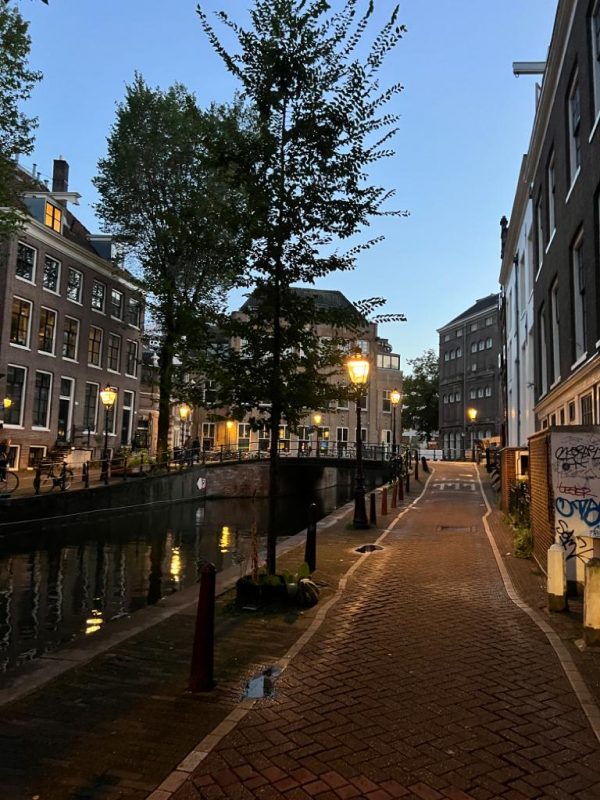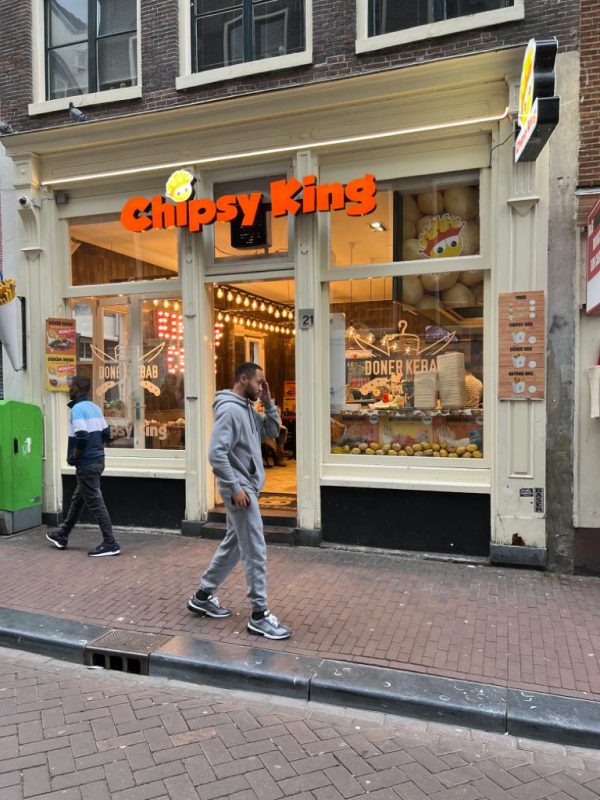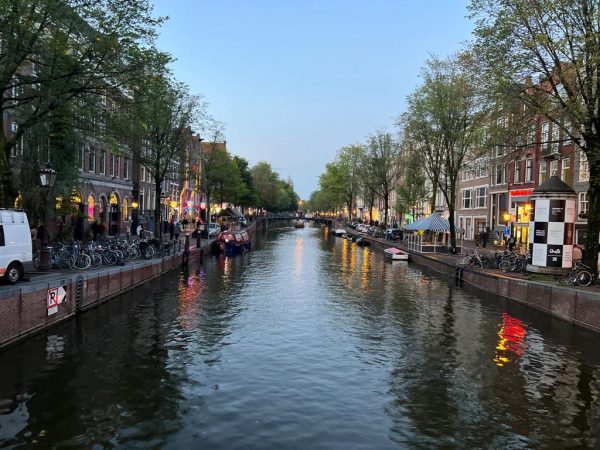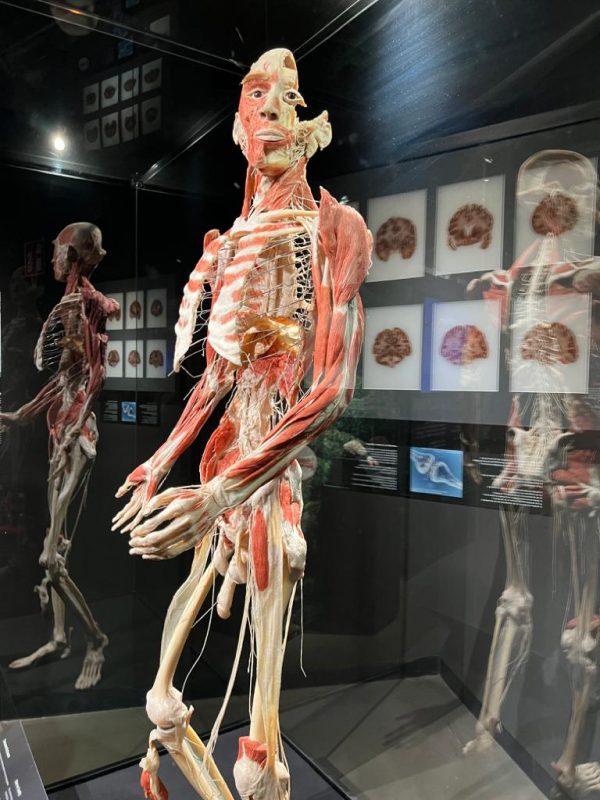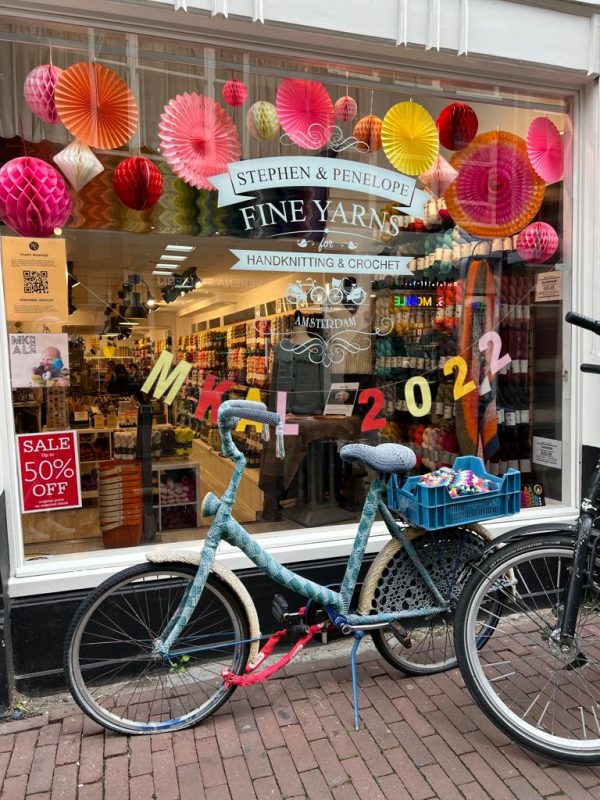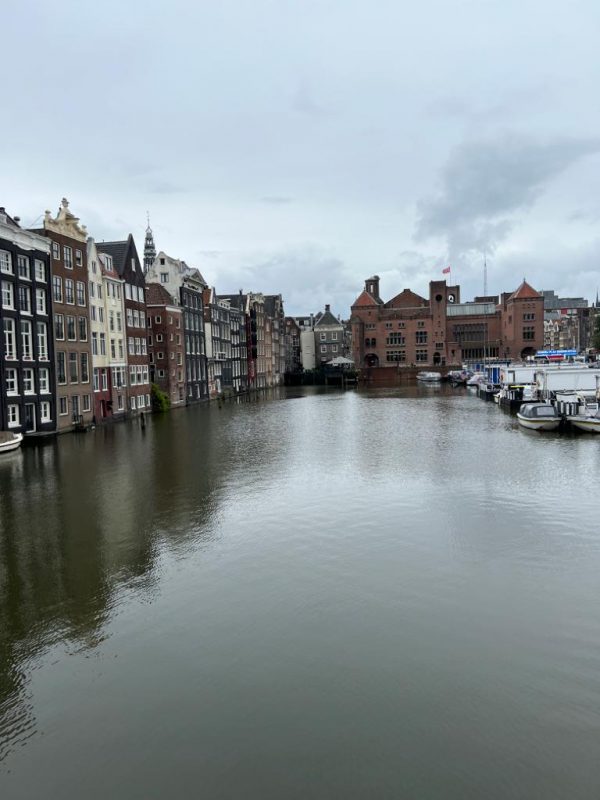Only those who have never visited Amsterdam can truly believe that the soul of this city is the red light district and free cannabis, two attractions that are, moreover, discontinued and which, at best, tell the story of Amsterdam in the early 2000s.
No, my dear, Amsterdam is definitely something else, a special place, one of what I call the places of the soul, a complex urban and natural ecosystem, fragile but incredibly functional and wonderful. I like to think that Amsterdam represents in its way of being one of the classic paradigms of life, the one according to which the good things are the sweaty ones, and that what comes easily has no taste. Here, Amsterdam is a decidedly sweaty city that, born below sea level, through a very complicated system of canals, has over the years become a metropolis not only in Europe, but also internationally. Walking through its streets, in fact, you can breathe a mix of cultures like in few cities in the world, a mix that in its multiplicity completely makes even the very concept of nationality jump.
Amsterdam, as the title of this post suggests, is a fragile and wonderful soul. You look at it, especially in the evening when the lights come on to illuminate streets and canals, and it seems that it may succumb at any moment to the whims of nature, and of water in particular. The city’s relationship with this element is close and complicated at the same time; on the one hand, in fact, there is the constant threat of the sea which with its tides, which if not properly managed, could overwhelm the city itself at any moment, but in the meantime, thanks to the port, it represents one of its best economic resources. And then there is the water of rain, another of the great classics of their days in Amsterdam. But while in other equally beautiful cities such as Rome, rain represents (during a holiday) an unwelcome companion, in Amsterdam it is a piece of the landscape itself, a component that tinges the air with melancholy and romanticism, giving it a whole flavor. his and that, for example, distinguishes it from other lagoon cities such as Venice.
Centuries go by but that fragile and wonderful soul of Amsterdam is still there, and indeed it seems that the passage of time does not make it fade, giving it a new sense of relevance all the time. But behind this topicality there is a story that is important to know and that is incredibly summarized, with extreme simplicity, in the flag of the city, with its 3 Xs which according to some should remember the three dangers of water (first mentioned), of the fire (in the past fires were frequent also because the houses are stuck together due to the limited space) and the plague. According to others, however, they should represent the three words of the citizen motto, which can be translated as value, resolve and mercy.
What an amazing place? It is not the first that I have been there, but each time my days in Amsterdam leave a different flavor in my mouth, and always unforgettable. But, as I tried to explain in this post, Amsterdam leaves something more than just a memory, it is a city that explains life to you, not only as a people, but as a person.
Amsterdam teaches you that what we hold most dear must be preserved to keep its beauty intact over time. Amsterdam teaches you that beauty takes effort. Amsterdam with its incredible cultural diversity teaches you how judgment represents an old vice that we should begin to do without because, when we do, we realize that we can all get better. Amsterdam teaches you that even in the rain it is possible to dream, that places and moments in life can show ravines of unprecedented beauty and that you don’t necessarily have to wait for the sun to find light.
Amsterdam, a fragile and wonderful soul
8 November 2022

